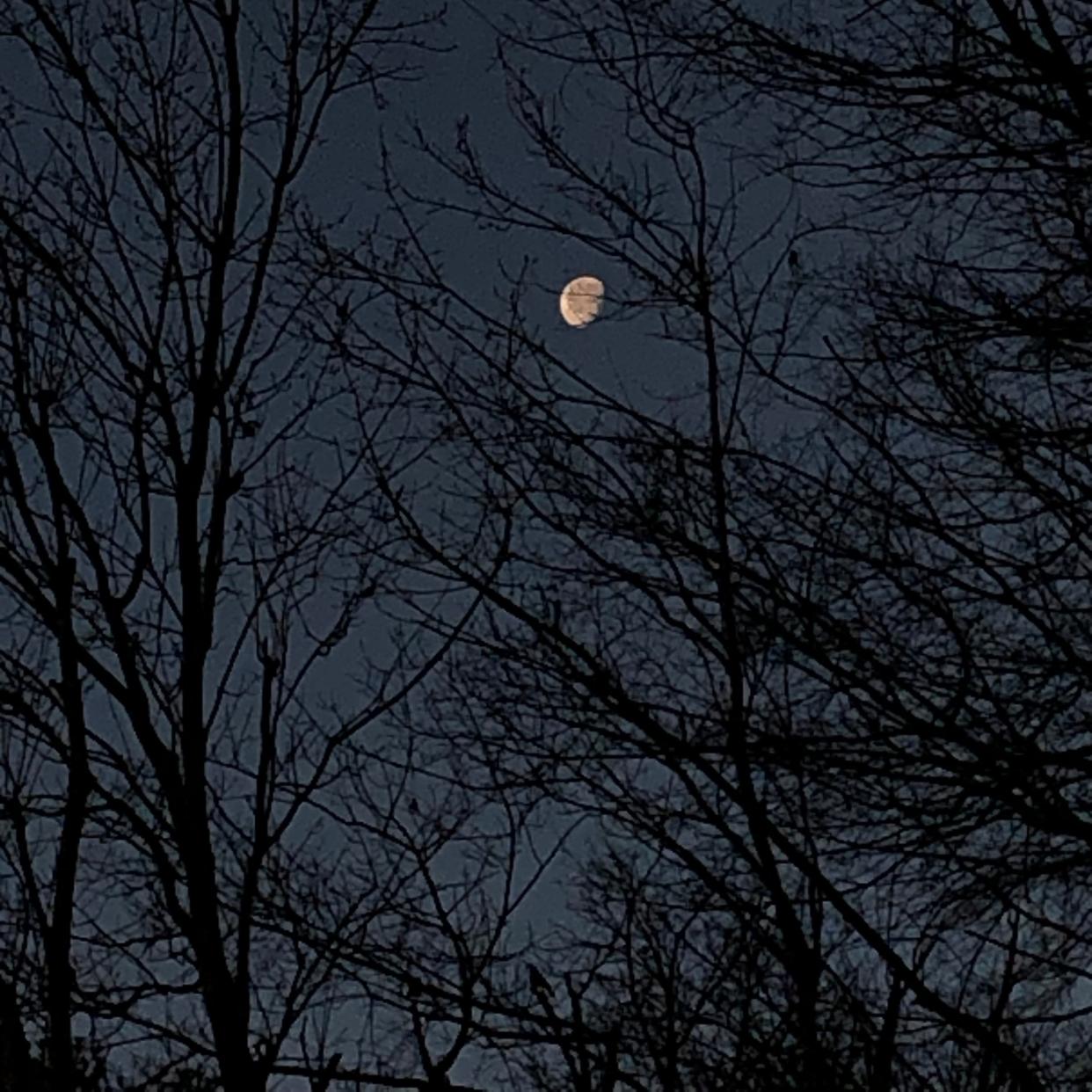It's getting lighter each day—but daylight saving time will put us in the dark again

In late February, you are probably already noticing the morning light coming earlier. In fact, we get a few minutes of additional daylight each day this time of year.
That means earlier sunrises and later sunsets.
On Feb. 21, the sun will rise at 6:52 a.m. and set at 5:55 p.m.
By Mar. 1, the sun will rise 10 minutes earlier, at 6:41 a.m., and won't set till 6:03 p.m.
By Mar. 11, sunrise is 6:27 a.m. and the sun sets at 6:13 p.m.
That's where the fun ends.
On Sunday morning March 12, 2023, at 2:00 a.m., daylight saving time rears its head. Unlike the groundhog, it won't go back into its hole until Nov. 5.
What does that mean for kids getting up for school and adults driving to work?
It means we'll all be getting up in the dark again.
Sunrise on Monday morning, Mar. 13, the first working day after daylight saving time starts, won't come until 7:15 a.m. Which means most working people and students will be once again waking up in the dark.
I really don't want to know the history of this bad idea, but tell me anyway
Well okay, then.
According to the U.S. Department of Transportation — that's who is in charge of it — it's to conserve energy. The more time the sun is out, means more people will spend time outside, theoretically. That's why we spring forward in the spring: it's warmer outside, more sunshine, less time inside and less energy used.
The time switch started during World War I as a way to conserve coal, according to a USA TODAY article. In 2007, the federal government expanded daylight saving time in order to reduce energy consumption. The law now specifies that daylight time applies from 2 a.m. on the second Sunday of March until 2 a.m. on the first Sunday of November.
Daylight saving time now accounts for about 65% of the year.
Also, it's saving, not savings, grammatically.
"The correct term is daylight 'saving' (not savings) time. However, the incorrect term 'daylight savings time' is commonly used, especially in Australia, Canada and the United States," the USA TODAY article said. "It's also supposed to be lowercase, not uppercase, according to the Associated Press stylebook."
Please tell me more bad news about daylight saving time. No, I didn't really mean that—
According to a 2021 article by Northwestern Medicine, research shows that during the first week of daylight saving time, there's a rise in heart attacks and strokes.
There's also a rise in injuries resulting from an increase car crashes — a 6% jump in fatalities, according to the Northwestern article, which references a University of Colorado Boulder study that looked at 732,000 car crashes over two decades.
The article also referenced a spike in depressive episodes and other cognitive health issues, as well as digestive and immune-related diseases.
Any advice for March 12, 2023?
Go to bed an hour earlier for a few days in advance. It will help your sleep cycle adjust accordingly. Drive carefully — you'll be suddenly driving at times you're not used to being behind the wheel.
The Northwestern article also suggests morning exercise. It helps wake your body up by raising your body temperature.
This article originally appeared on Staunton News Leader: When is daylight saving time in 2023? and why do we have to wake up in the dark?

